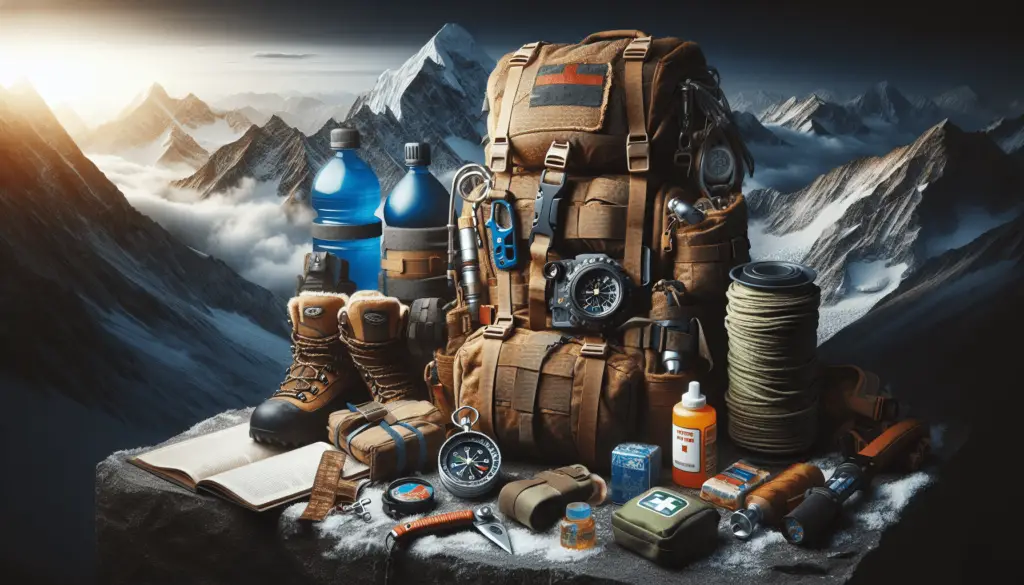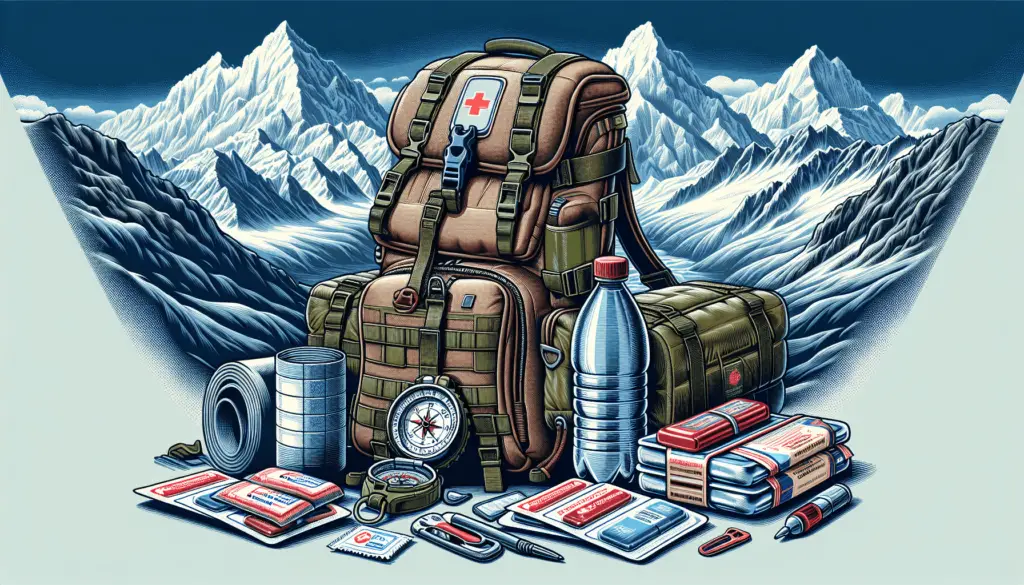Are you planning a high-altitude adventure?
If you are planning a high-altitude adventure, it’s crucial to be well-prepared to ensure your safety and well-being. High altitudes pose unique challenges that can have serious consequences if not properly addressed. In this article, we will provide you with valuable tips and strategies to help you prepare for high-altitude survival.
Understanding High Altitudes
Before you embark on your high-altitude adventure, it’s essential to understand what high altitudes entail. High altitudes are characterized by decreased oxygen levels, lower air pressure, and harsh weather conditions. These factors can have a significant impact on your body and overall well-being.
It’s important to know that as you ascend to higher altitudes, the air becomes thinner, making it more challenging for your body to get the oxygen it needs. This can lead to altitude sickness, which includes symptoms such as headaches, nausea, dizziness, and fatigue.
What is considered high altitude?
High altitude is typically defined as any elevation above 8,000 feet (2,400 meters) above sea level. At this altitude, the air pressure is significantly lower, resulting in decreased oxygen levels. The effects of high altitude can vary depending on the elevation and individual physical conditioning.
Acclimatization: Your Best Defense
Acclimatization is the process of allowing your body to adjust to high altitudes gradually. This is crucial in preventing altitude sickness and ensuring your body can function effectively in low-oxygen environments.
The key to acclimatization is to ascend slowly to higher altitudes, allowing your body time to adapt to the changes in oxygen levels. This process typically takes a few days to a week, depending on the altitude you are aiming to reach.
How can you acclimatize effectively?
To acclimatize effectively, it’s essential to follow these tips:
- Ascend slowly and take regular breaks to allow your body to adjust.
- Stay hydrated to combat dehydration caused by the dry air at high altitudes.
- Listen to your body and be aware of any symptoms of altitude sickness.

Proper Hydration and Nutrition
Proper hydration and nutrition are essential components of high-altitude survival. Staying hydrated and well-nourished can help support your body’s functions and combat the effects of low oxygen levels.
At high altitudes, the dry air can lead to increased fluid loss through respiration and perspiration. It’s important to drink plenty of water throughout the day to stay hydrated and maintain optimal bodily functions.
What should you eat at high altitudes?
When preparing for high-altitude survival, it’s crucial to consume a well-balanced diet that includes:
- High-carbohydrate foods for energy
- Lean proteins for muscle repair and growth
- Healthy fats for sustained energy
Clothing and Gear Essentials
Proper clothing and gear are crucial for high-altitude survival. The harsh weather conditions and extreme temperatures at high altitudes require appropriate attire and equipment to keep you safe and comfortable.
When packing for your high-altitude adventure, consider the following essentials:
- Insulated clothing layers to stay warm
- Waterproof and windproof outerwear to protect against the elements
- Sturdy, supportive footwear for hiking and climbing
What gear should you pack for high-altitude survival?
Some essential gear to pack for high-altitude survival includes:
- Sleeping bag rated for cold temperatures
- Lightweight and compact tent for shelter
- Portable stove for cooking meals

Navigation and Communication
Navigation is key to staying safe and on track during high-altitude adventures. Proper navigation tools and techniques can help you avoid getting lost and ensure you reach your destination safely.
Carry a map, compass, and GPS device to help you navigate the terrain and stay on course. It’s also important to communicate your plans with a reliable contact person who can assist in case of emergency.
How can you improve your navigation skills?
To improve your navigation skills for high-altitude survival, consider taking a navigation course or practicing with maps and compasses in various terrains. Familiarize yourself with reading topographical maps and identifying landmarks to navigate effectively.
Emergency Preparedness
Emergency preparedness is essential for high-altitude survival, as unexpected situations can arise quickly in harsh environments. Being prepared with essential supplies and knowledge can make a significant difference in your safety and well-being.
Pack a well-equipped first aid kit with essential supplies for treating common injuries and illnesses. Additionally, carry a lightweight emergency shelter, signaling devices, and extra food and water in case of an extended stay.
What should you include in your emergency kit?
Some essential items to include in your emergency kit for high-altitude survival are:
- Bandages, gauze, and antiseptic wipes
- Emergency blanket or bivy sack
- Whistle, mirror, or flare for signaling for help
Mental and Emotional Preparedness
High-altitude survival can be mentally and emotionally challenging, as the isolation, harsh conditions, and physical exertion can take a toll on your well-being. It’s essential to be mentally prepared to cope with these challenges and stay resilient in difficult situations.
Practice mindfulness and stress-relief techniques to stay calm and focused during moments of stress or uncertainty. Surround yourself with positive and supportive individuals who can provide encouragement and morale boosts during challenging times.
How can you maintain mental well-being at high altitudes?
To maintain your mental well-being at high altitudes, consider the following tips:
- Practice deep breathing exercises and meditation to reduce stress
- Engage in positive self-talk and affirmations to stay motivated
- Take breaks to rest, relax, and recharge your mind and body
Conclusion
In conclusion, prepping for high-altitude survival requires careful planning, preparation, and awareness of the unique challenges posed by high altitudes. By understanding the effects of high altitudes, acclimatizing effectively, maintaining proper hydration and nutrition, and being well-equipped with essential gear and knowledge, you can enhance your chances of a safe and successful high-altitude adventure.
Remember to prioritize your safety and well-being at all times, listen to your body, and be prepared for unexpected situations that may arise. With the right mindset, skills, and gear, you can enjoy the incredible beauty and adventure that high-altitude environments have to offer. Stay safe, stay prepared, and enjoy your high-altitude adventure to the fullest!
